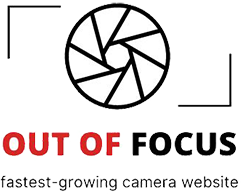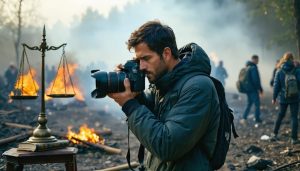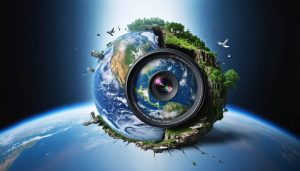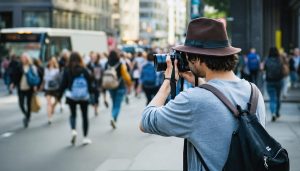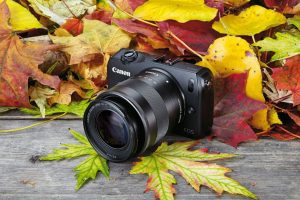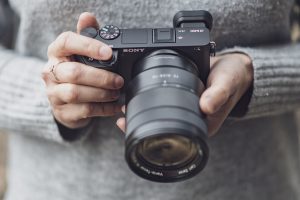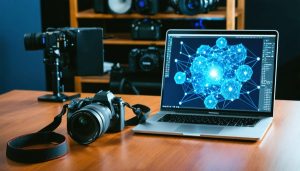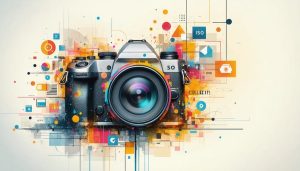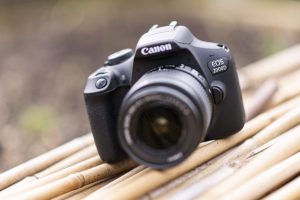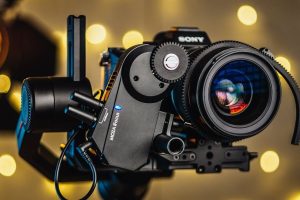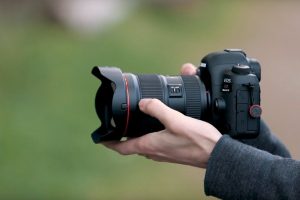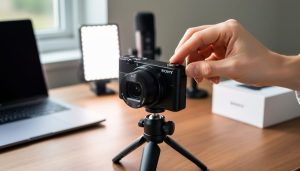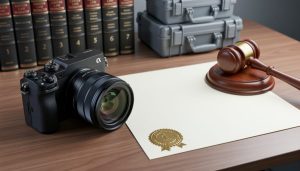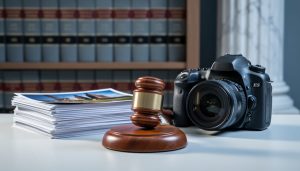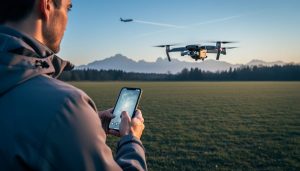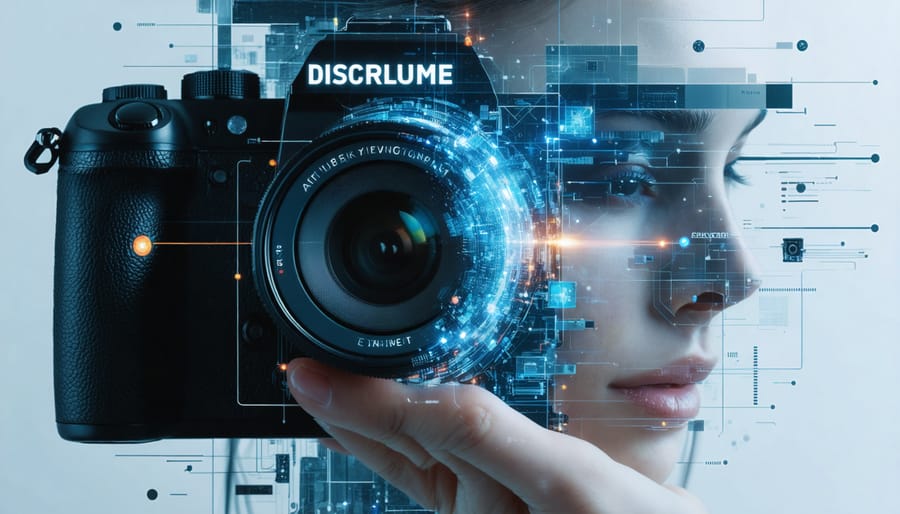
As artificial intelligence reshapes photography, establishing an ethical AI framework isn’t just good practice—it’s essential for preserving the ethics behind the lens. Today’s photographers face unprecedented challenges: from AI-generated content competing with authentic imagery to algorithmic editing tools that can fundamentally alter reality. This transformation demands a structured approach to ethical AI implementation that balances innovation with integrity.
The intersection of AI and photography presents both extraordinary opportunities and significant ethical responsibilities. While AI tools can enhance workflow efficiency and creative possibilities, they also raise critical questions about authenticity, consent, and artistic integrity. Professional photographers must navigate these waters carefully, establishing clear boundaries between AI assistance and AI manipulation.
This framework isn’t just about following rules—it’s about setting standards that protect both the photographer’s artistic vision and their clients’ trust. As we delve into practical guidelines for ethical AI usage in photography, we’ll explore how to harness AI’s potential while maintaining the authenticity and integrity that define professional photography.
The Current AI Landscape in Photography
Common AI Applications in Photography
AI has revolutionized photography with tools that streamline workflows and enhance creative possibilities. Photo editing software now incorporates AI-powered features for automated background removal, smart object selection, and advanced retouching. These tools can detect and enhance facial features, adjust lighting, and even remove unwanted elements with remarkable precision.
Portrait enhancement applications use AI to modify facial characteristics, smooth skin, and adjust expressions, while style transfer algorithms can transform images to mimic specific artistic styles or photographers’ signatures. AI-driven noise reduction and image upscaling have made it possible to salvage previously unusable photos and improve image quality beyond traditional methods.
Perhaps most notably, AI image generation has emerged as a powerful creative tool, allowing photographers to create composite images, conceptual art, and even entire scenes from text descriptions. Auto-coloring algorithms can breathe new life into black and white photographs, while AI-powered composition tools help photographers optimize their framing and lighting decisions.
These applications, while powerful, require careful consideration of ethical implications, particularly regarding authenticity, representation, and creative ownership. Understanding these tools’ capabilities and limitations is crucial for maintaining professional integrity while leveraging their benefits.
Emerging Ethical Concerns
As AI technology becomes more integrated into photography workflows, several pressing ethical concerns have emerged that demand careful consideration. One of the most significant issues is the potential for AI-generated images to be indistinguishable from authentic photographs, raising questions about transparency and authenticity in the industry. Photographers must now grapple with disclosure requirements and maintaining trust with their clients.
Data privacy represents another crucial concern, particularly regarding the training data used in AI photography tools. Many photographers worry about their work being used without consent to train AI models, while others question the ownership rights of AI-enhanced or AI-generated images. This uncertainty extends to pricing models and fair compensation for creative work in an AI-augmented landscape.
The impact on employment and artistic integrity also weighs heavily on the photography community. While AI tools can enhance efficiency and creativity, there’s valid concern about maintaining the human element and artistic vision that makes photography special. Photographers must strike a delicate balance between embracing technological advancement and preserving the authentic craft of photography.
These challenges underscore the importance of establishing clear ethical guidelines and industry standards for AI use in photography, ensuring the technology serves as a tool for enhancement rather than replacement.
Core Principles of Ethical AI in Photography
Transparency and Disclosure
When using AI in photography, transparency isn’t just an ethical choice – it’s a mark of professional integrity. Being open about AI usage builds trust with clients and maintains authenticity in your work. Start by clearly communicating which aspects of your photography process involve AI, whether it’s for enhancement, manipulation, or generation.
Consider creating a standardized disclosure statement for your website and client contracts that outlines your AI usage policies. This statement should detail which AI tools you use, how you implement them, and their impact on the final product. For instance, if you use AI for sky replacement or portrait retouching, explicitly mention these applications.
When sharing work on social media or your portfolio, include appropriate tags or captions that indicate AI enhancement. Some photographers use hashtags like #AIEnhanced or #AIAssisted, while others provide detailed descriptions of the AI processes used. This transparency helps manage client expectations and contributes to broader industry discussions about AI integration.
Documentation is equally important. Maintain records of which images have undergone AI processing and to what extent. This practice not only helps with client communication but also ensures compliance with emerging industry standards and regulations. Consider creating a simple classification system – for example, marking images as “Minor AI Enhancement,” “Significant AI Modification,” or “AI-Generated Elements.”
Remember, transparency doesn’t diminish your creativity or expertise; rather, it demonstrates professional responsibility and respect for your audience.
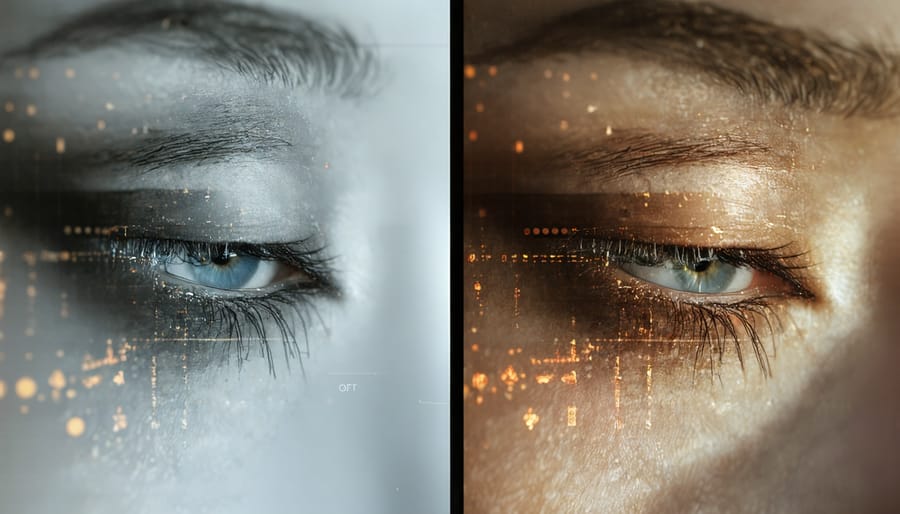
Authenticity and Attribution
In today’s digital landscape, maintaining authenticity while leveraging AI tools requires a delicate balance. Photographers must prioritize transparency about their AI usage while building trust through authentic stories and clear communication with their clients.
When using AI-enhanced tools, always disclose the extent of AI involvement in your work. This could mean adding appropriate tags or descriptions to images that have been processed using AI, or maintaining a clear policy about AI usage on your website. Consider creating a standardized attribution system that acknowledges both human creativity and AI assistance.
Establish clear boundaries between AI-generated elements and your original work. For instance, if you’re using AI for background enhancement or color grading, maintain a record of the original image and the specific AI modifications applied. This not only helps in maintaining transparency but also preserves the authenticity of your artistic vision.
Remember that AI should complement, not replace, your unique creative voice. Use AI tools as enablers that enhance your workflow while keeping your artistic signature intact. Consider developing a personal ethical framework that outlines when and how you’ll implement AI in your process, ensuring it aligns with your artistic values and professional standards.
Practical Implementation Steps
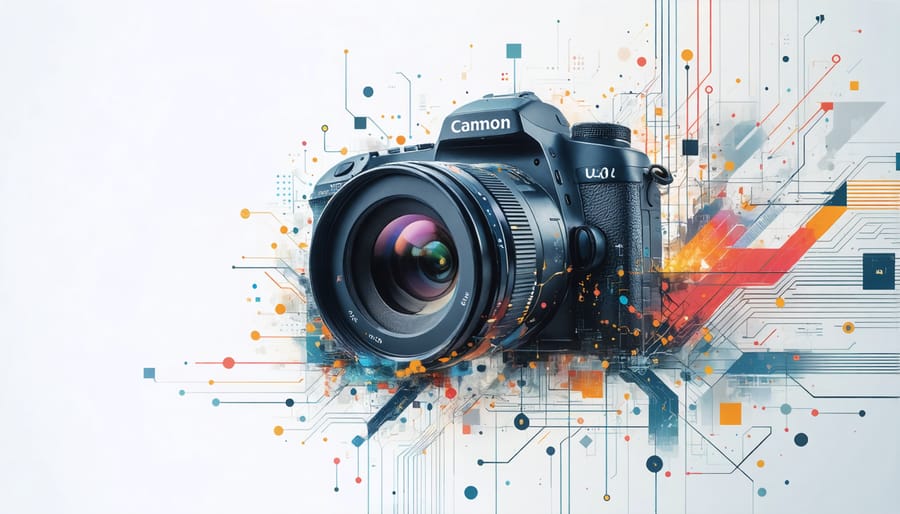
Creating Clear AI Usage Policies
Creating clear AI usage policies in your photography workflow starts with understanding how these tools fit into your existing ethical editing practices. Begin by documenting when and how AI tools should be used in your workflow, setting clear boundaries between enhancement and manipulation.
Consider developing a three-tier system for AI implementation: permitted, restricted, and prohibited uses. Permitted uses might include basic adjustments like noise reduction or sharpening. Restricted uses could involve more substantial modifications that require client disclosure, such as sky replacement or portrait retouching. Prohibited uses should include any AI-generated elements that fundamentally alter the truth of the captured moment.
Your policy should address transparency with clients, including how you’ll communicate AI usage in your work. Consider creating a simple disclosure statement that explains which AI tools you use and their purpose. This builds trust and sets clear expectations.
Include guidelines for documenting AI modifications in your metadata or project notes. This creates an audit trail and helps maintain consistency across your work. Remember to review and update your policies regularly as AI technology evolves.
Make your policy accessible to team members and clients alike, using clear, non-technical language. Consider creating a visual guide or checklist that makes it easy to reference and follow these guidelines during your editing process.
Client Communication Strategies
Transparency with clients about AI usage is crucial for maintaining trust and professional integrity. Start by proactively discussing your AI integration during initial consultations, explaining which aspects of your workflow involve AI tools and why you’ve chosen to use them. Be specific about how AI enhances your work without replacing your creative vision and expertise.
Create a clear disclosure statement that outlines your AI usage policies, including what tools you use and how they benefit the final product. Share this information in your client contracts and service agreements, ensuring clients understand and consent to AI involvement in their projects.
When presenting your work, distinguish between AI-assisted and purely manual techniques. This helps clients appreciate the value of both approaches and understand your creative process better. Consider creating before-and-after examples that demonstrate how AI tools complement your artistic skills rather than replace them.
Address common client concerns head-on by preparing honest, straightforward responses about data privacy, image ownership, and artistic authenticity. Emphasize that AI is a tool in your creative arsenal, not a replacement for your expertise and personal touch.
Remember to stay current with AI developments and adjust your communication strategies accordingly. Regular updates to clients about new AI implementations or policy changes help maintain transparency and trust in your professional relationship.
Documentation and Metadata Practices
Proper documentation and metadata practices are essential when using AI in photography workflows. Every AI-enhanced image should include clear records of the AI tools and processes used, maintaining transparency with clients and viewers. This includes noting which specific AI software was used, what modifications were made, and the extent of AI involvement in the final image.
Create a standardized metadata template that includes fields for AI processing details, original image information, and any ethical considerations addressed during editing. This documentation should be embedded in the image file’s metadata when possible, using standard IPTC or EXIF fields. For instance, you might include tags like “AI-Enhanced,” “Original Composition Preserved,” or “AI Background Generation.”
Maintain a detailed processing log for each project, recording:
– Original capture details
– AI tools and versions used
– Specific modifications made
– Percentage of AI involvement
– Ethical considerations addressed
– Client communication regarding AI use
When sharing work publicly, be transparent about AI involvement in captions or descriptions. This builds trust with your audience and helps establish industry standards for AI disclosure. Consider creating a standardized notation system that clearly communicates the level of AI involvement while remaining easily understandable to clients and viewers.
Store these records securely and make them easily accessible for future reference, client inquiries, or potential ethical audits. This documentation serves as both a professional reference and a safeguard for maintaining ethical standards in your photography practice.
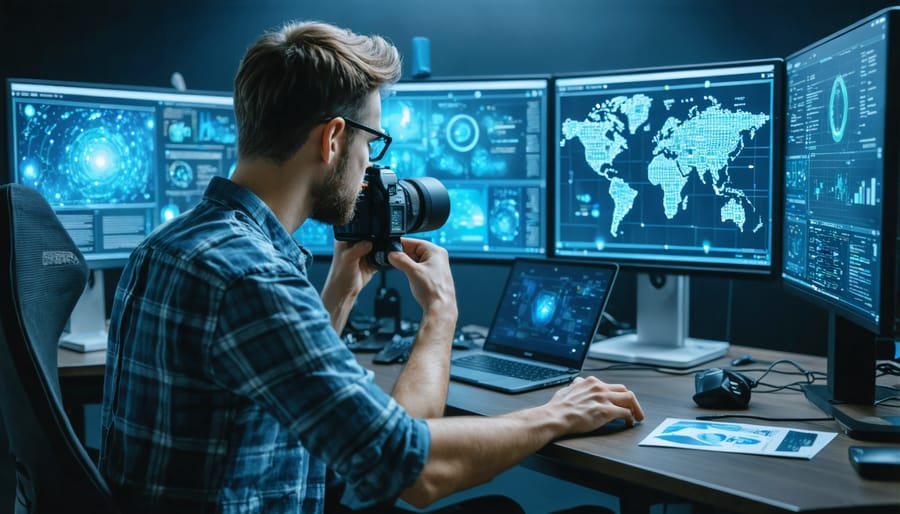
Future-Proofing Your Photography Practice
Staying Informed and Adaptable
The field of AI in photography is evolving at a breakneck pace, making it crucial to stay informed about the latest developments and best practices. Subscribe to reputable photography and technology newsletters, join professional forums, and participate in industry webinars to keep your knowledge current. Consider following AI ethics researchers and photography thought leaders on social media platforms where they often share insights and updates.
Regular review and updates of your ethical AI framework are essential. Schedule quarterly assessments of your AI implementation practices and compare them against emerging industry standards and guidelines. Be prepared to adjust your approach as new ethical considerations arise or when better AI solutions become available.
Create a feedback loop with your clients and peers to gather insights about their experiences and concerns with AI-enhanced photography. This collaborative approach helps identify potential ethical issues you might have overlooked and ensures your framework remains relevant and effective.
Remember that flexibility is key – what’s considered ethical today might need refinement tomorrow as technology advances and societal expectations shift. Stay open to new perspectives and be ready to adapt your practices accordingly.
Building Trust in the AI Era
Building trust in the AI era requires a delicate balance between innovation and ethical responsibility. As photographers increasingly incorporate AI tools into their workflow, maintaining transparency with clients becomes paramount. Just as we follow established principles for capturing truth in traditional photography, we must extend these values to AI-enhanced work.
Clear communication about AI usage in your process helps set appropriate expectations and builds lasting trust. Consider implementing a disclosure policy that outlines when and how AI tools are used in your workflow. This might include mentioning AI enhancement in your service agreements or adding metadata tags to identify AI-modified images.
Industry trust is equally important. Participate in photography communities and share your ethical framework with peers. This collaborative approach helps establish industry standards and best practices for AI integration. Remember that trust is earned through consistent ethical behavior and open dialogue with both clients and fellow photographers. By maintaining transparency and adhering to ethical guidelines, we can embrace AI’s potential while preserving the authenticity that makes photography meaningful.
As we’ve explored throughout this article, implementing an ethical AI framework in photography isn’t just about following rules—it’s about fostering a responsible and sustainable future for our craft. The key principles we’ve discussed, from transparency in AI usage to protecting artistic integrity and ensuring fair representation, form the foundation of ethical AI adoption in photography.
Remember that ethical AI implementation is an ongoing journey, not a destination. As technology evolves, so too must our approach to using it responsibly. By maintaining clear documentation, regularly reviewing and updating our ethical guidelines, and staying informed about emerging AI developments, we can ensure our framework remains relevant and effective.
The success of ethical AI in photography depends on collective commitment. Whether you’re a solo photographer or part of a larger studio, your decisions about AI usage impact the entire photography community. By embracing ethical AI practices, you’re not just protecting your own work—you’re contributing to the preservation of photography’s authenticity and credibility.
Let’s move forward together in adopting AI tools thoughtfully and responsibly. Start small, implement gradually, and always prioritize transparency with your clients. The future of photography lies in finding the perfect balance between technological innovation and ethical consideration, ensuring that AI enhances rather than diminishes the human element that makes our art form so special.
